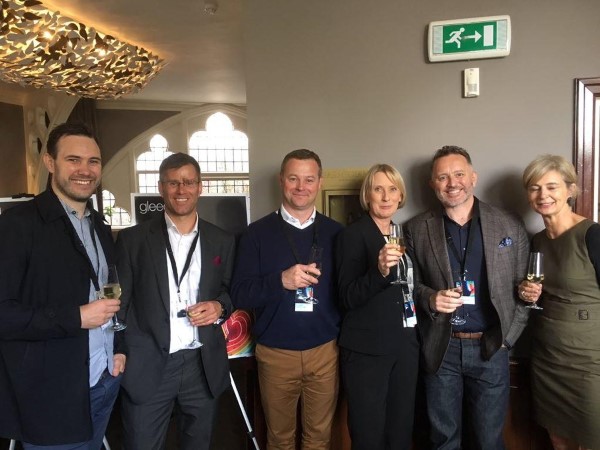Gleeds and Leonard Design gathered together the retail and mixed-use sector’s key players to debate the pertinent issues impacting the industry, and agree the future direction of creating urban communities. Sara Boonham shares here the group’s collective views.

The retail sector is undergoing rapid structural change and, flying in the face of the common conception that it is failing, we now have the biggest opportunity since the rebuilding of post-war Britain to bring our town and city centres back to life.
Too often, CVAs, e-commerce and business rates have been cited as creators of a retail recession, but these should be viewed as speed-bumps on the road to the creation of urban hubs which become the main conduit for everything in a consumer’s life.
The starting point for change is the recognition that the British high street is an institution which goes beyond the single act of shopping and represents the physical embodiment of the local community. Stores today have become product distribution points and we need this pattern to be broken down in order to both save retailers and create vibrant gathering places for local communities. The way forward is to create retail spaces which behave like town squares, offering a highly personal experience which is lean in physical store area, but high on consumer interaction, offering shoppers the opportunity to experience the look and feel of a brand.

To create dynamic places to visit and shop, the industry needs to move away from simply focussing on square foot sales, an approach which has historically led to the delivery of cloned retail offerings selling the same products across UK towns and cities. Landlords are starting to embrace this new model, and 25-year leases with mega-corporations are becoming a distant memory, creating more opportunity for local, independent retailers.
Health, education and residential offerings will continue to play a significant role in high street destinations, with public realm space being crucial to supporting developers sell time on Britain’s high streets to consumers. The enlivenment of retail, creative trades and food and beverage offerings, may account for less than 10% of the overall development area but drives the values of uses above ground floor upwards. This means that rent concessions can be made at ground level, which could be leveraged by start-up businesses seeking support during the incubation period.
The retail sector must not shy away from a partnership approach to deliver successful, vibrant spaces which stimulate the local economy. The current model for the financing and delivery of the UK’s urban centres is coming under increasing challenge and public sector intervention is now a necessity, whether as commissioning agent for a regeneration programme or by providing funds through various sources including local enterprise partnerships. Shared purpose and vision to create sustainable and thriving communities is key, recognising that local authorities only take centre stage in the process by necessity to protect and deliver their vision for key sites which fit within their wider city or town strategy.

Now is the time for the retail industry to demonstrate how it is adapting to reflect the changing purpose of our urban centres. The retail sector must embrace, use and enjoy the digital experience rather than viewing it as a threat. Retail, the high street and our towns and cities have been through many models of change and this is simply another iteration in the cycle or one more tremor in the long earthquake that continually shakes us. The new shared high street has everything in the mix as we start the next property revolution so we’re encouraging the sector to be different in its position as custodian of local urban hubs.

Sara Boonham
Head of Cost Management UK
- sara.boonham@gleeds.com
- +44 (0) 782 432 7024



